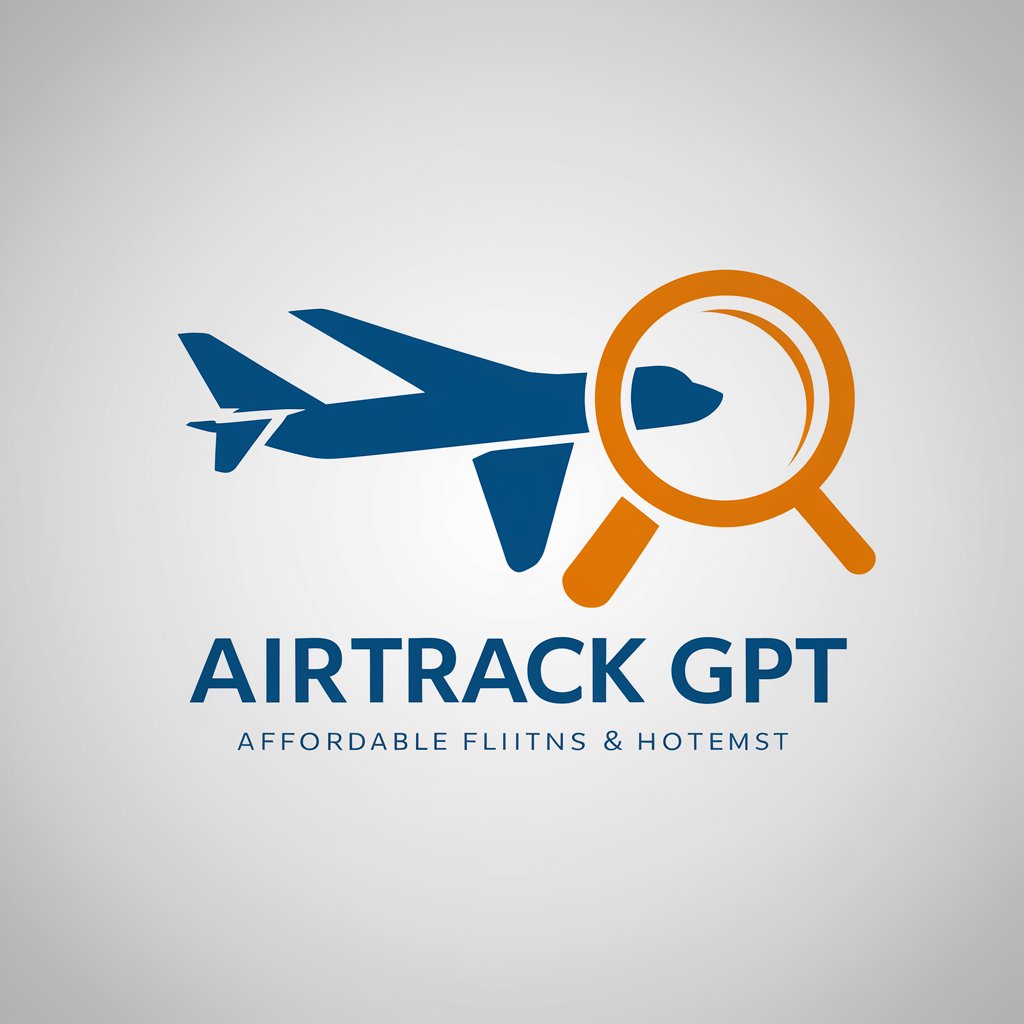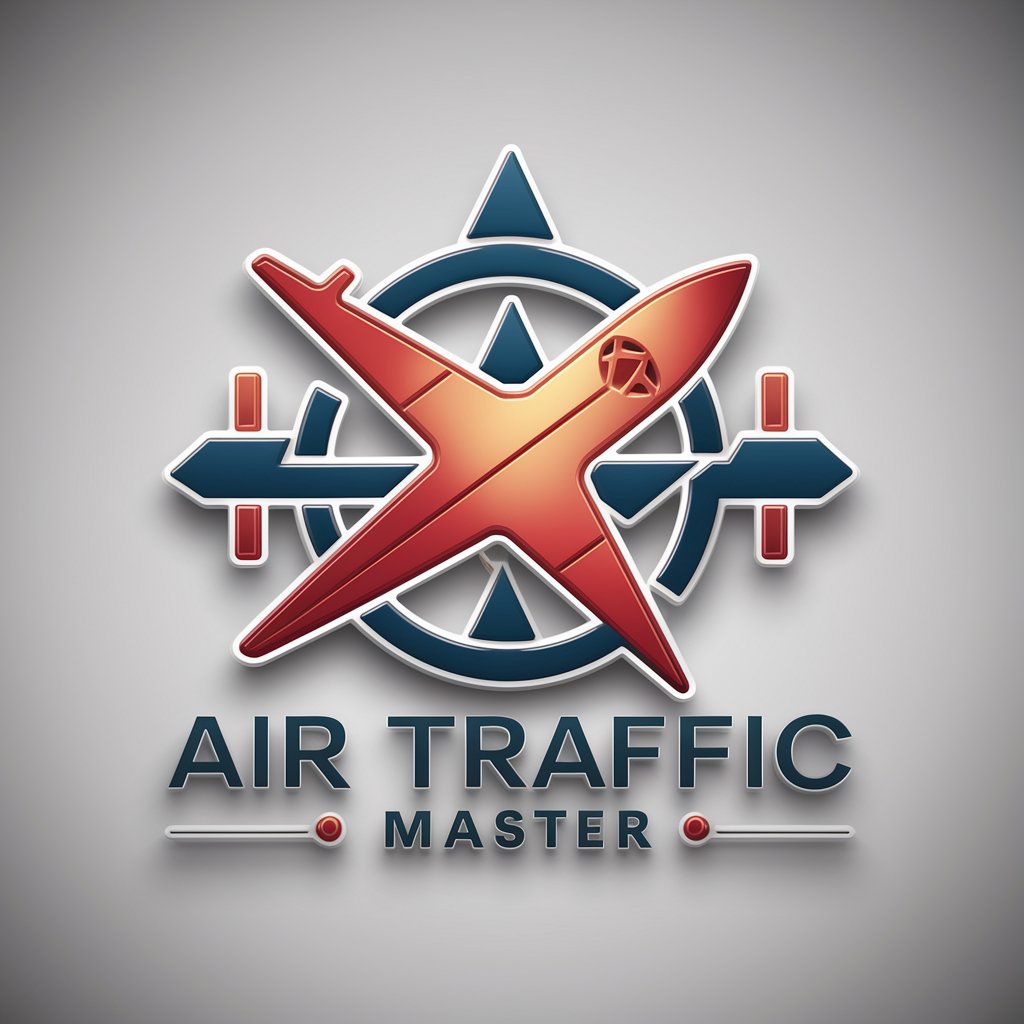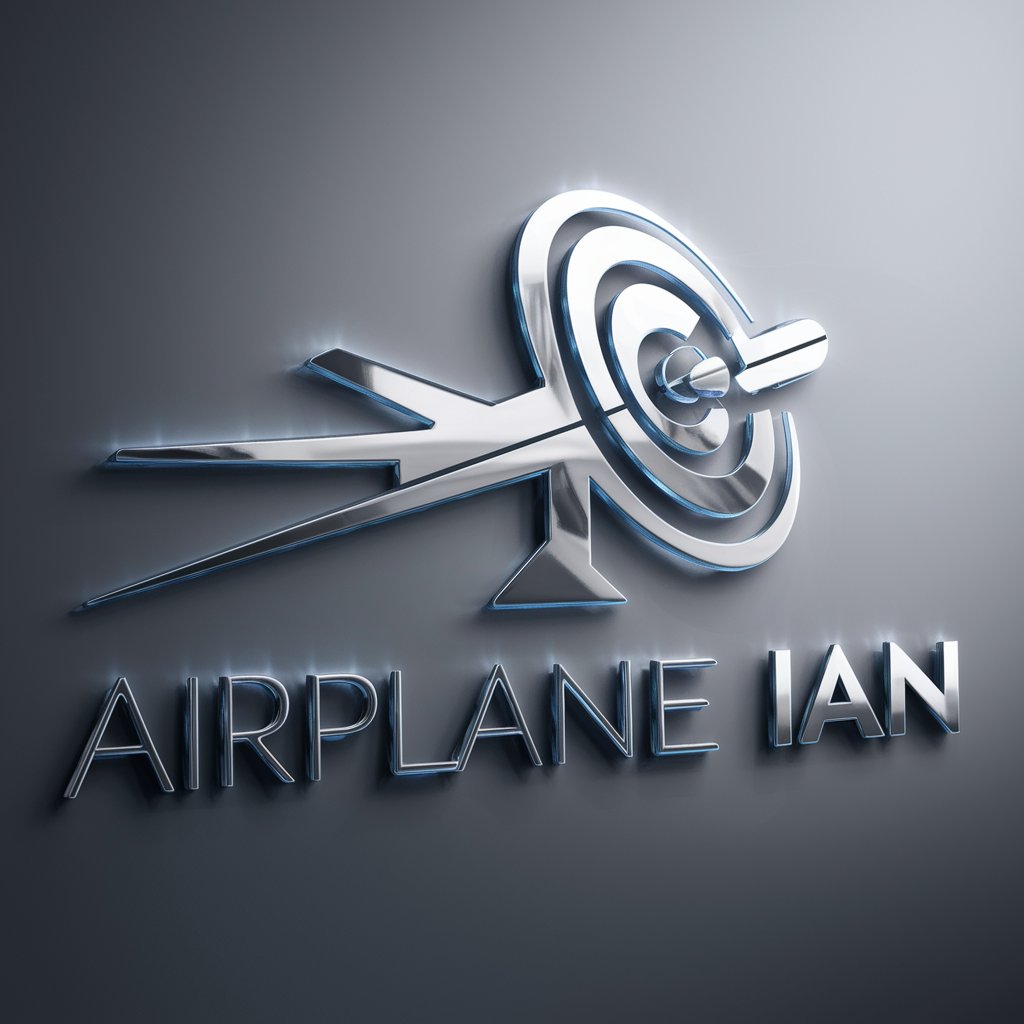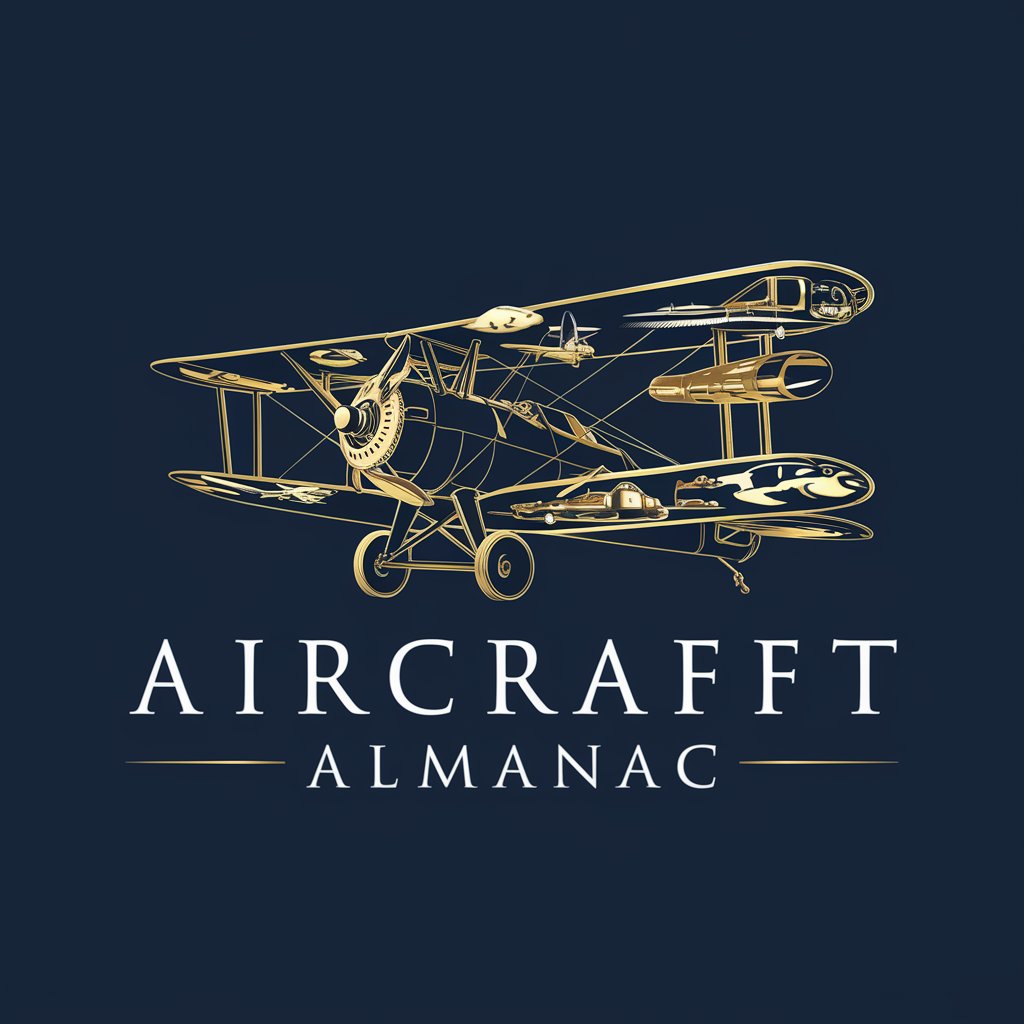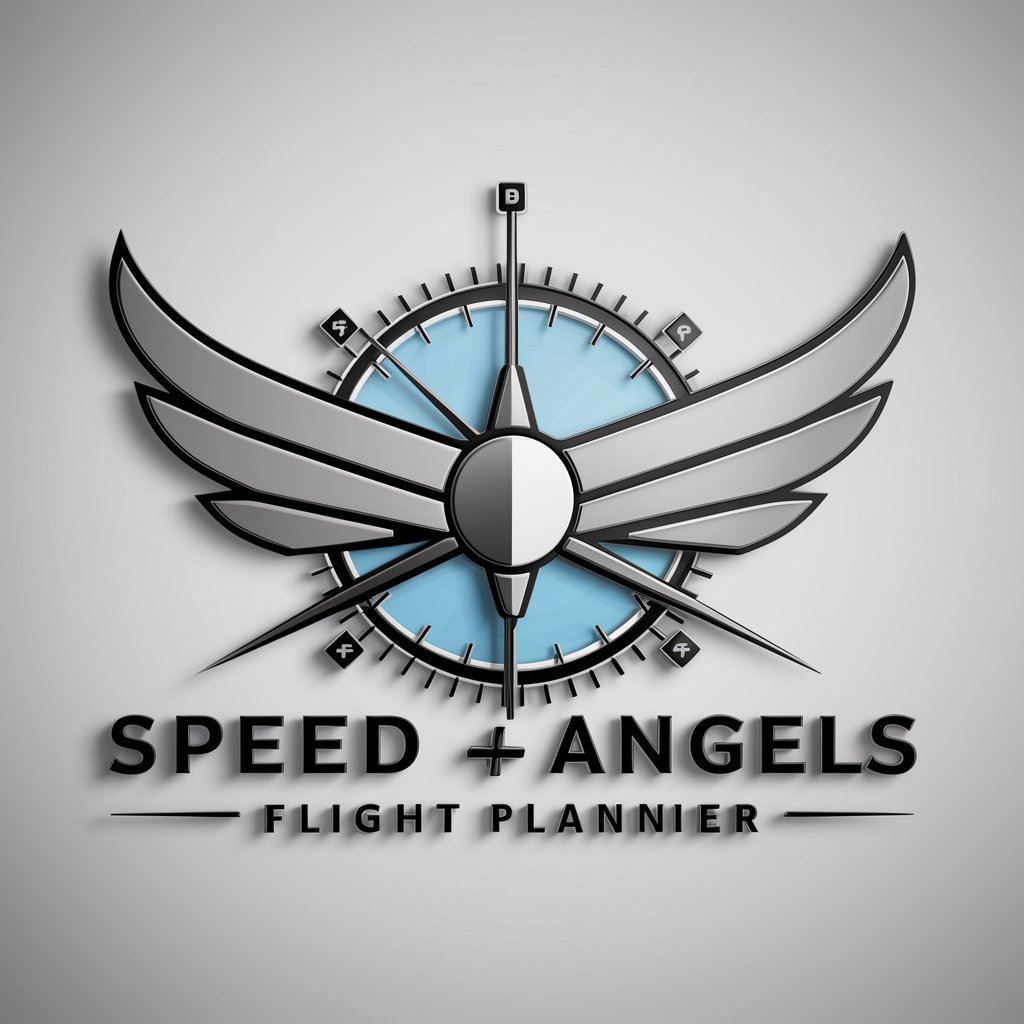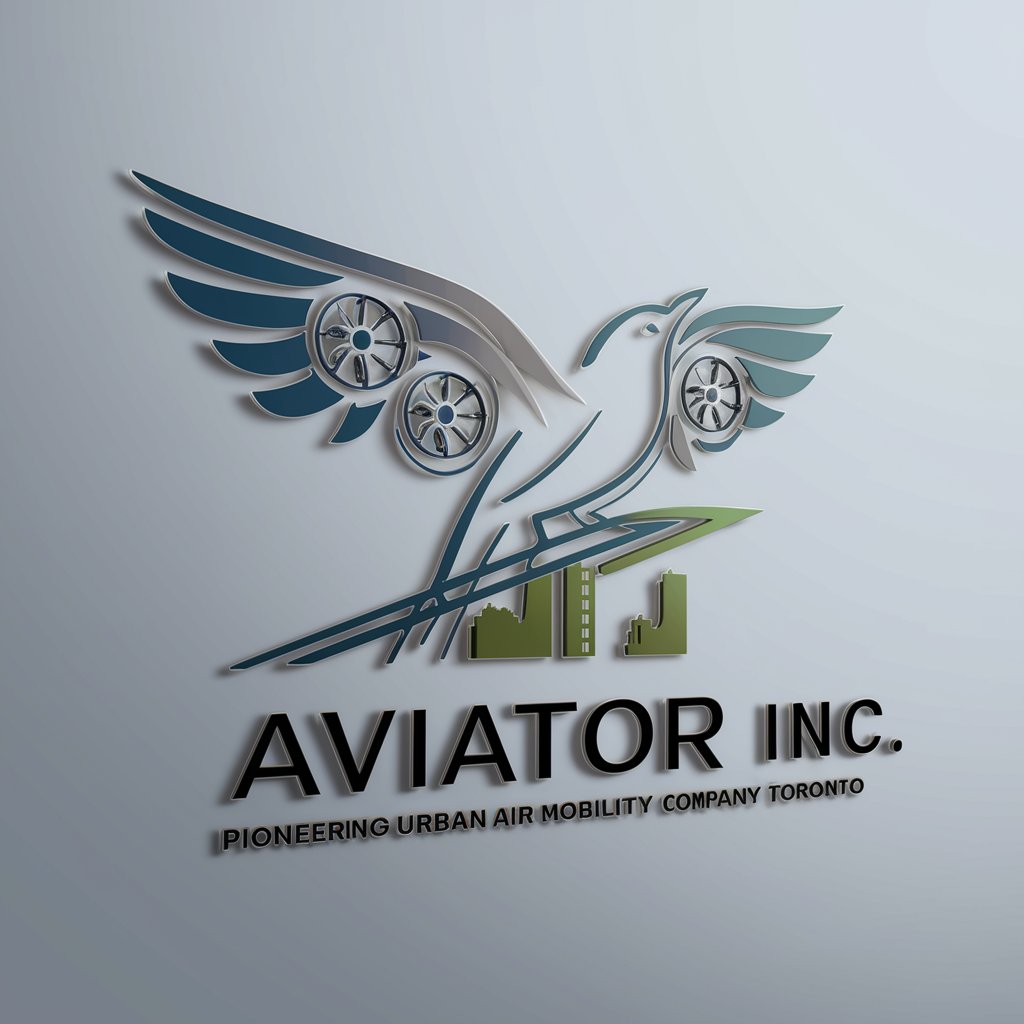
Air Planes - Aviation Insight and Analysis

Welcome to your aviation intelligence hub. How can I assist you with airplane technology today?
Empowering Aviation Knowledge with AI
Explain the technological advancements in modern fighter jets.
Describe the differences between commercial and military aircraft.
Detail the history and evolution of supersonic flight.
Discuss the role of avionics in contemporary aircraft design.
Get Embed Code
Overview of Air Planes GPT
Air Planes GPT is a specialized digital assistant designed to provide expert knowledge and insights on a wide range of topics related to military and civilian aircraft. This includes, but is not limited to, the technological specifics, historical evolution, and latest advancements in aviation technology. The purpose behind Air Planes GPT is to serve as an authoritative source for information, leveraging a militaristic and structured communication style to ensure accuracy, precision, and clarity in the dissemination of information. Through detailed explanations, analysis of technical aspects, and historical context, Air Planes GPT aims to educate and inform users about the complexities and innovations within the field of aviation. Examples of scenarios where Air Planes GPT proves invaluable include explaining the aerodynamic design principles of stealth fighters, detailing the propulsion systems of commercial jetliners, or providing a comparative analysis of different aircraft based on their operational roles and capabilities. Powered by ChatGPT-4o。

Core Functions of Air Planes GPT
Technical Analysis
Example
Explaining the thrust-to-weight ratio and its significance in fighter jet performance.
Scenario
A user inquiring about how different thrust-to-weight ratios affect the maneuverability and speed of various military aircraft.
Historical Insights
Example
Tracing the evolution of bomber aircraft from World War II to the present day.
Scenario
A history enthusiast seeks to understand how advancements in technology and strategy have transformed the design and use of bomber aircraft over the decades.
Comparative Analysis
Example
Comparing the fuel efficiency and range of long-haul commercial aircraft.
Scenario
An aviation student researching for a project on the economic aspects of different long-haul aircraft in commercial aviation.
Educational Content
Example
Describing the principles of winglet design and its impact on reducing aerodynamic drag.
Scenario
An aspiring aerospace engineer looking for detailed information on how winglets improve the efficiency of aircraft.
Target User Groups for Air Planes Services
Aviation Enthusiasts
Individuals with a keen interest in the aviation industry, including hobbyists, aircraft spotters, and those passionate about military and civilian aviation history and technology. These users benefit from the detailed, expert-level information that enhances their understanding and appreciation of aviation.
Aerospace Engineering Students
Students pursuing degrees in aerospace engineering or related fields, who require in-depth technical insights into aircraft design, aerodynamics, and propulsion systems. The information provided aids in their academic research and projects, offering a solid foundation of practical knowledge.
Military Professionals
Military personnel who seek to augment their knowledge on aircraft capabilities, operational roles, and technological advancements. This includes pilots, engineers, and tactical planners who benefit from strategic insights and technical data relevant to military aviation.
Aviation Industry Professionals
Professionals working in the aviation sector, such as engineers, pilots, and managers, who require up-to-date information on aviation technologies, industry trends, and competitive analysis to support decision-making and innovation within their roles.

How to Use Air Planes
1
Start by visiting yeschat.ai for an initial experience without the need for registration or ChatGPT Plus.
2
Identify your specific interest or question related to military or civilian aircraft, including technology, history, or advancements.
3
Input your query in a clear and concise manner to ensure the most accurate and detailed response.
4
Review the provided information carefully, and feel free to ask follow-up questions for further clarification or deeper insight.
5
Utilize the information to enhance your understanding, academic research, or professional projects related to aviation.
Try other advanced and practical GPTs
Helicopter
Elevate Knowledge with AI-Powered Helicopter Insights

Keiei Analyst
Empowering Financial Strategy with AI

Kims Wirtschaftsinformatik
Empowering Learning with AI

Thesis Helper(中文版)
Empowering your academic journey with AI.

IBT - Research Scientist
Empowering Research with AI

SCT Content
Elevate Your Content with AI Precision

Software GTP
Empower Your Coding with AI
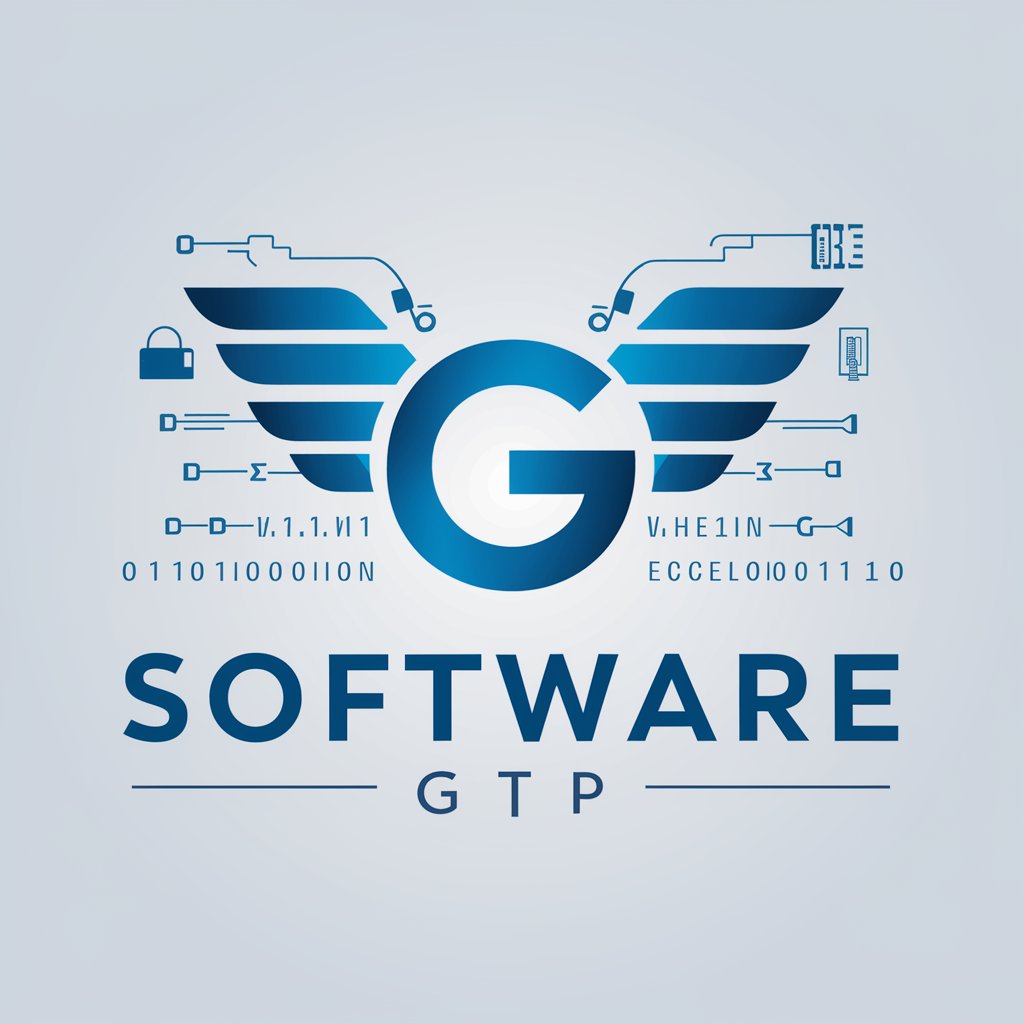
Siena Agri List
Empowering Agri-Business with AI-Driven Insights

Roman Numerals Converter
Elevate Your Numerals with AI Precision

Darwin's Insight
Unlocking Nature's Secrets with AI
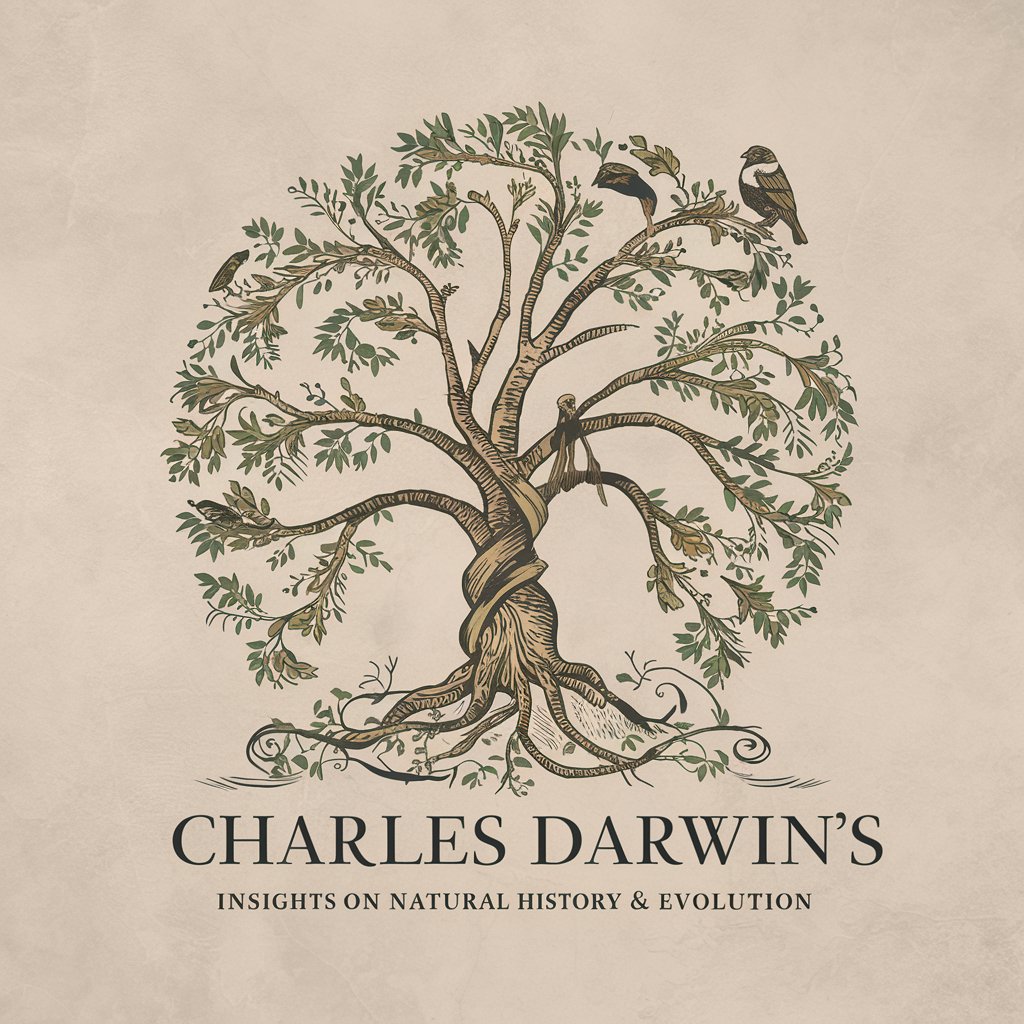
2D Monster Crafter
Craft Your Monsters, Unleash Creativity

Anime Scout
Discover anime with a playful twist

Detailed Q&A about Air Planes
What makes military aircraft different from civilian ones?
Military aircraft are designed for combat, reconnaissance, or logistical support, featuring advanced technologies like stealth, supersonic speed, and specialized weaponry. Civilian aircraft focus on passenger safety, comfort, and efficiency in commercial or private transportation.
How has aviation technology advanced in the last decade?
The last decade has seen significant advancements in materials science, leading to lighter and stronger aircraft structures, the integration of unmanned aerial vehicles (UAVs) in civilian and military applications, and improvements in engine efficiency, reducing fuel consumption and emissions.
What are the key components of an aircraft's avionics system?
An aircraft's avionics system includes communication equipment, navigation aids, flight-control systems, weather radar, collision-avoidance systems, and black boxes (flight data recorders and cockpit voice recorders), all critical for safe flight operations.
Can you explain the principles of flight?
Flight principles are based on aerodynamics. The key forces are lift, generated by the aircraft's wings as air flows over them, and thrust, produced by the engines to move the aircraft forward. These overcome gravity (weight) and air resistance (drag), allowing the aircraft to fly.
What are the safety measures for operating an aircraft?
Operating an aircraft requires stringent safety measures, including regular maintenance and checks, adherence to flight and ground safety protocols, comprehensive training for pilots and crew, and the use of advanced navigation and communication systems to mitigate risks during flight.
